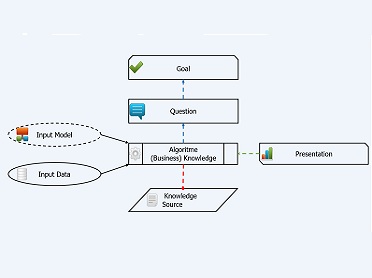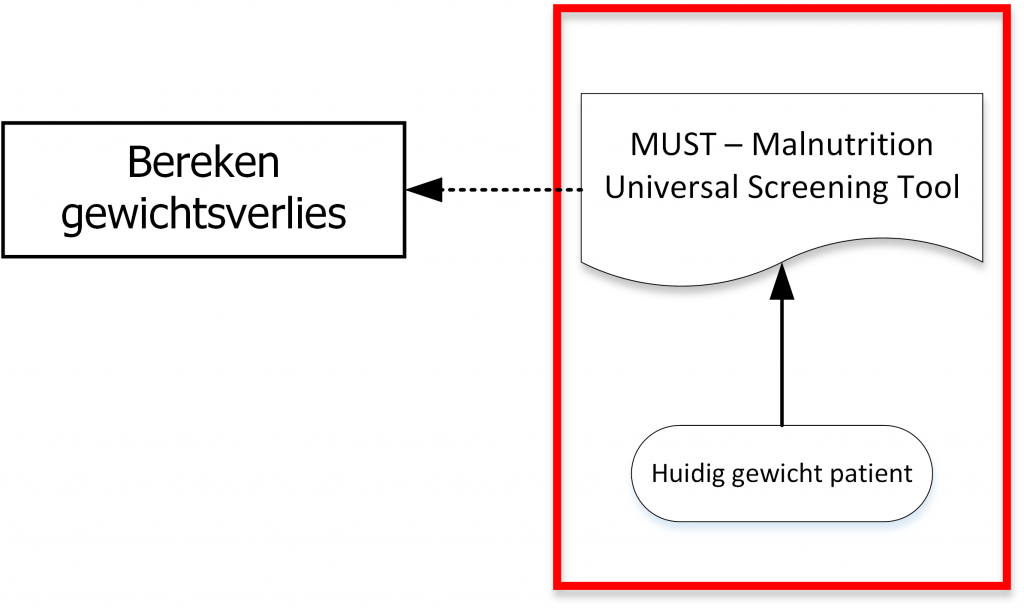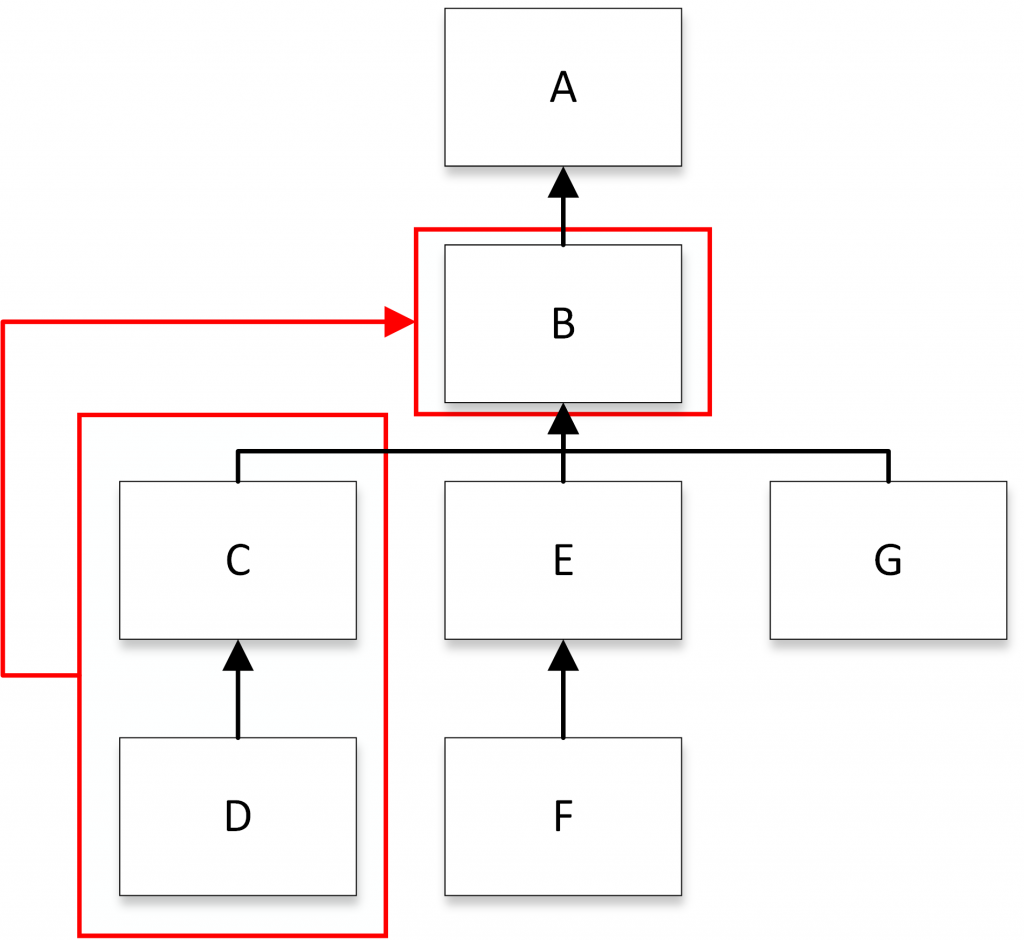Research, advisory companies, consultants and system integrators all predict that a lot of money will be earned with decision management (business rules, algorithms and analytics). But how can you actually make money with decision management or in other words: Which business models are exactly available? In this article, we present seven business models for decision management.
Business model 1: sell a product
The first business model is selling software to elicit, design, specify, verify, validate and execute decisions (and underlying business rules). There are a couple of variations of this model, for example by providing the software as open source or as Software As A Service (SAAS). This model is applied by software vendors.
Business model 2: create a model
The second business model comprises the elicitation, design and specification of the decision model(s) (and underlying business rules) for third parties. This model is applied by software vendors who in addition to selling software also provide services to the company that bought the software. In this case, employees of the software company provide support for the creation of the decision model. This business model is also applied by system integrators and consultants.
Business model 3: value adding model
The third category of business models is adding a decision model (business rules) to a physical product for the purpose of making it a ‘smart product’ (smart device). This model is mainly applied by manufactures. Two examples of such a ‘smart device’ or ‘smart product’ in the business-to-consumer market are the smart diaper and smart toothbrush. The smart diaper contains a chip which collects data about the child wearing the diaper as well as the content of the diaper (Pixie Scientific, 2013). It analyses the data about the content for signs of dehydration and kidney problems. If anomalies occur, a signal is send to the mobile phone of a parent.
Business model 4: value adding model (2)
The fourth category of business models is a variation of the third business model. In this case, the decision model is not added to a physical product but to a service. Organizations that apply this business model codify (a part of) their knowledge and provide this to their clients for free. Based on available data of a specific company, a customer specific report is created. For example, the report will contain the most common risks for an organization with a specific number of solutions. Formerly, the customer had to pay for this basic information which they now get for free. If the customer wants in-depth or additional information they have to pay an additional fee. This business model is applied by the big four consultancy firms and law firms.
Business model 5: decision as a service / knowledge as a service
The fifth business model is selling a specific decision to third parties. This model is applied by organizations that possess unique knowledge about specific decisions. Customers subscribe or pay per executed decision. This business model is increasingly applied by business consultants, law firms and so-called ‘boutique shops’.
Business model 6: data as a service / value adding data
This sixth business model is selling data to third parties. In contrast to the fifth business model, not the decision is offered as a service but the data is provided such that other organizations can optimize their own decisions. This model is applied by many different organizations. The first type of organizations do not sell data as a primary function, but collect data when selling other products or services, for example by means of cookies or bonus cards. Subsequently, this data is sold to third parties. In addition, there are also organizations of which the core business is to collect and sell data.
Business model 7: the decision marketplace
The seventh business model is the ‘Marketplace’ business model. By applying this model, an organization facilitates a marketplace that can connect potential buyers and sellers with regard to decision models. The decision models are not created by the organization itself but by third parties. The organization only acts as a broker, which generates their turnover by charging commission over the facilitated transactions. Instantiations of this business model are found at two types of organizations: software vendors and independent markets. An example of a vendor dependent market is the Berkeley Bridge Share Center. For organizations it can be an additional channel to deliver content for their own software. An example of an independent market is Algorithmia.
If you know or recognize additional business models please submit them in the comments section.
Co-Author: Koen Smit and Eline de Haan













